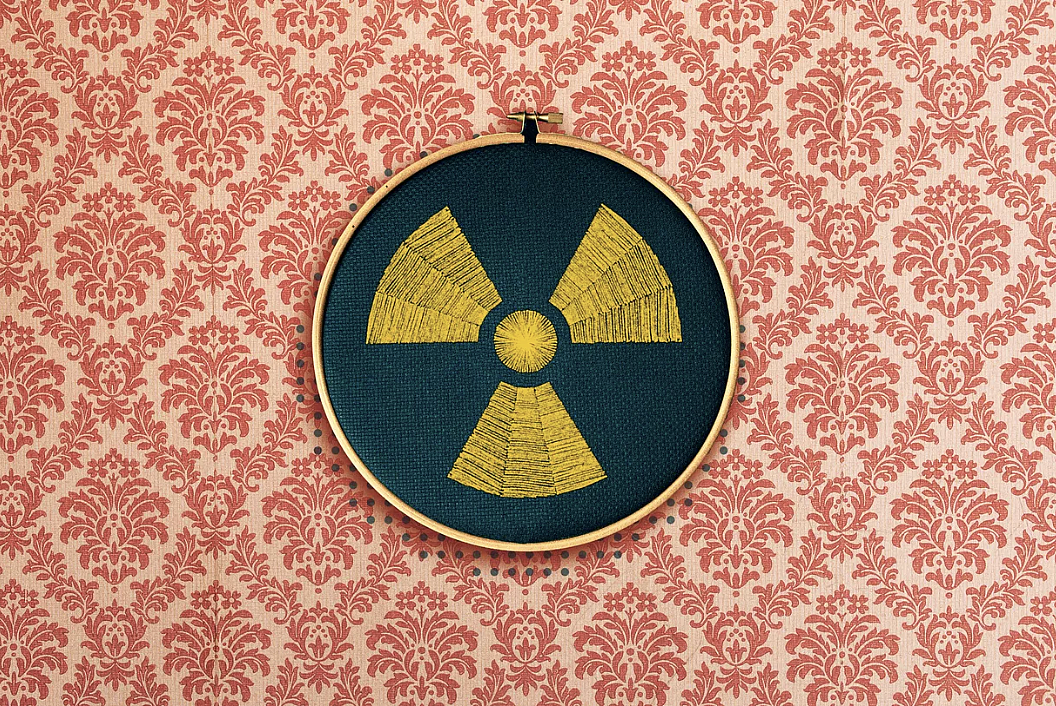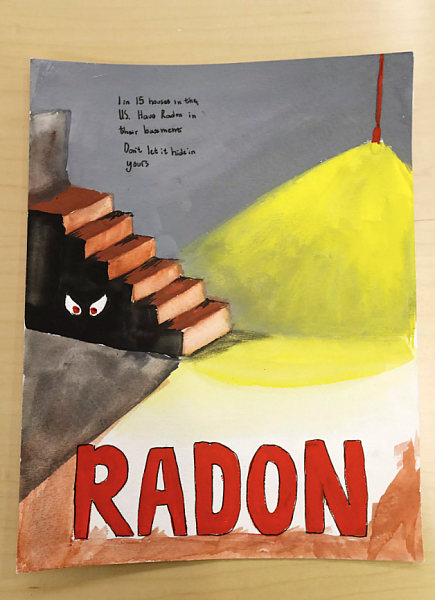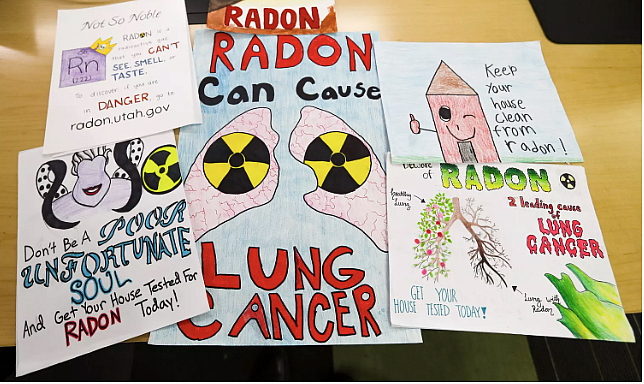10 ways to protect your family from radon
This story was produced as part of a larger project led by Sara Israelsen-Hartley, a participant in the 2019 National Fellowship.
Other stories in this series include:
How looking at an invisible gas could bring change into your home

Photo illustration by Michelle Budge
Editor’s note: This investigative report was produced with support from the University of Southern California Annenberg Center for Health Journalism’s National Fellowship.
SALT LAKE CITY — We all worry about keeping our families safe. That’s why we change our smoke detector batteries, get our furnaces checked for C0 leaks and ensure our windows and doors are safely covered and locked.
But we may not be worried enough about radon — a silent, colorless, odorless gas that settles in our basement and increases our long-term risk for lung cancer.
Here are 10 things you can do today to protect your family.
Learn about radon
Check out the Deseret News’ special coverage on radon as well as radon.utah.gov and epa.gov/radon.
Test your home
Testing is simple and costs only $11 for a short-term test. Utahns can order a test kit here. Those who live in other states can check out epa.gov/radon.
You can also use a long-term test for the remainder of the winter — the best time to test anyway. If you want faster data, a continuous radon monitor will give you day-by-day readings and monthly averages.
And remember, just because your neighbor’s home tested low doesn’t mean your home will too. Every home needs to be tested independently — no matter where you live or how old or new your home is. Even homes without basements can have elevated levels.
Retest your home
Indoor radon levels can vary based on the time of year, weather conditions and any household renovations — even something as simple as replacing a window. Testing every few years ensures your home is staying safe over time.
If you install a mitigation system, it’s important to retest regularly to ensure the fan is working correctly. If your home was built with a passive radon mitigation system, testing will help you know if it’s working, or if you need to add a fan to pull out more of the heavy gas.
Install a mitigation system
If your radon levels are elevated, call a few certified radon mitigators and get some quotes. If your budget is tight, ask if they offer a low or no-interest payment plan or start saving now and install it as soon as you can.
If you’re planning to buy a home in the near future, make sure a radon test is done and the cost of a potential mitigation system is factored into the negotiations

Speak up
If you’re renting and can’t test or mitigate on your own, talk with your landlord. Share with them what you’ve learned about radon and why exposure is so concerning. They may be more willing to do something about it than you think.
Make the changes you can
If you can’t afford a mitigation system now, or your landlord says no, take steps to reduce your exposure to radon. Move children’s bedrooms and playrooms out of the basement. Change or request that furnace filters be changed regularly, and consider buying a portable air cleaner.
Open windows and doors more often as weather allows and spend more time out of your home, whether that’s at the park, the library, or at friend’s and family’s houses.
Spread the word
Talk with your neighbors — tell them about your radon levels and encourage them to test. Consider giving radon test kits as housewarming or baby-shower gifts. In Utah, 1 in 3 homes has elevated levels of radon, so high levels shouldn’t be seen as an embarrassing revelation or a potential home sale-breaker — but an easily fixable situation.

Get involved
Reach out to your school principal, PTA or community council and bring this issue to their attention. Show them the state PTA resolution on radon that encourages action. Ask if there’s a testing policy for your child’s school.
If you’re a doctor or pediatrician, ask your patients if they’ve tested their homes for radon. This booklet can help with that conversation.
If you’re involved with a city, community organization or HOA board, consider adding a note about radon to a utility bill, or other flyer or newsletter, especially during the winter months.
Show compassion
Lung cancer carries a stigma, as people generally assume patients brought it on themselves by smoking. Yet nonsmokers also get lung cancer, so avoid judgments or assumptions, and show kindness to anyone dealing with lung cancer.
Remain optimistic
It’s never too late to do something about radon. Reducing your exposure to radon now will allow your body to start repairing any potential cell damage. Even people who have lived in their homes for 20 years can make a difference — for themselves, their children and grandchildren — by doing something today.
[This article was originally published by DeseretNews.]

